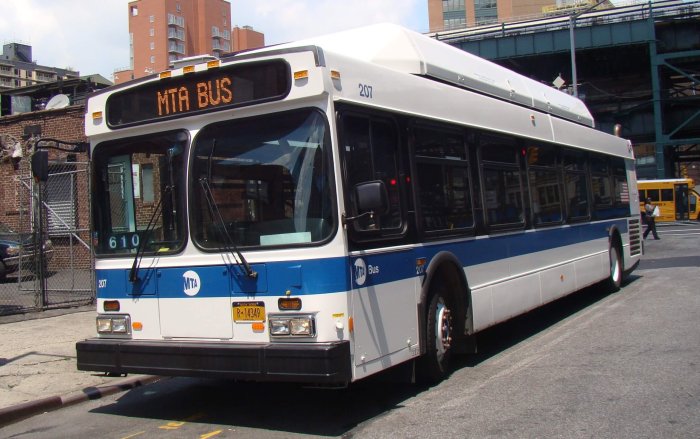By Jennifer Warren
When Dr. John Teal, a noted environmental consultant with a penchant for salt marshes, returned to Jamaica Bay after a 40-year absence last week, he was astonished by the view.
His last visit had been in the early 1960s following an oil spill. He remembered the inky patches floating in the water around him, he told a panel of fellow scientists who met in Staten Island last week to discuss the bay. This time, however, the emergency was not oil, it was preserving the bay’s rapidly diminishing wetlands.
Since Teal last visited, an estimated 900 acres of marshland have eroded. Between 1924 — when an early map of the bay’s islands was drawn — and today the area has lost an estimated 55 percent of its wetlands, according to research by Jamaica Bay Eco Watchers, a community-based task force.
But what concerns scientist and residents most is the rapid acceleration of erosion. In 1924 an estimated 10 acres were lost annually. By last year that rate had increased to 60 acres.
“I’m astounded at the changes,” Teal said of the once abundant and serpentine marshes off the southern shore of Queens and Brooklyn. “The estimates are that these [wetlands] will be gone by 2020 or 2025.
“We think it will be before then,” he said as the other scientists, engineers and community advocates listened. Dr. Susan Peterson, another panelist, predicted the marshland’s demise would be “much sooner.”
On Staten Island’s Fort Wadsworth campus last Thursday the scientists gathered around a table, flanked by the academic remnants of a two-day emergency summit. On a chalkboard behind them, hastily drawn diagrams mapping erosion theories stood in quiet testimony to the dialogue of previous days. The summit was organized by the U.S. government, which oversees the Gateway National Recreation Area bordering Jamaica Bay.
Environmentalists and biologists from as far as Louisiana discussed the future of the bay and what could be done to save what they agreed has been the fastest eroding wetlands in the entire Northeast.
In the United States only the Mississippi Delta has experienced such accelerated deterioration. But Jamaica Bay is unique, Teal said, because it is in a highly industrialized and settled area.
Marsh loss, the panel determined, was due largely to pits and channels dredged into Jamaica Bay. In the 1920s and ‘30s the U.S. Army Corps of Engineers began dredging and reshaping the shoreline to make way for commercial piers that would never materialize. The result was a deepened and pitted basin that gave rise to larger, stronger waves. Over time those oversized waves pummeled the islands, stripping their edges.
Among other factors, the panelists said, mussels are growing in areas of the islands where they are clogging natural drainage and becoming scarce in other parts of the islands where they are needed to protect the shores from erosion.
Pollutants such as sewage waste, de-icing fluid from the airports, and PCBs have contributed to the loss of mussel and other marine life, they said. Waste materials often foster the growth of sea lettuce, depleting the water’s available supply of oxygen from fish and crustaceans. The sea lettuce, or ulva, also piles onto the marshes, smothering plant life.
Carl Alderson of the city Parks Department said the true cause of Jamaica Bay’s demise was most likely a combination of factors, but few scientists were seeing the problem as a whole.
“It’s like the story of the five blind men and the elephant,” he said. “One holds the tail and says ‘it’s a rope’. Another holds its trunk and says ‘it’s a serpent.’”
Investigators, Alderson said, whether they are tackling the problem with aerial mapping or by water chemistry, each see a different piece of the beast.
The panel recommended several short-term studies to evaluate the chemistry of the bay’s water from varying sites, to determine landfill seepage, to manipulate seaweed levels on the marshes, and to track the cause of the mussel proliferation.
The scientists also recommended immediate structural changes, including building back marshland with clean sand and plant vegetation, constructing permeable barriers to weaken wave-based erosion, and restructuring the slopes of shores to lessen the impact of waves.
Reach reporter Jennifer Warren by e-mail at Timesledgr@aol.com or call 229-0300, Ext. 155.


































